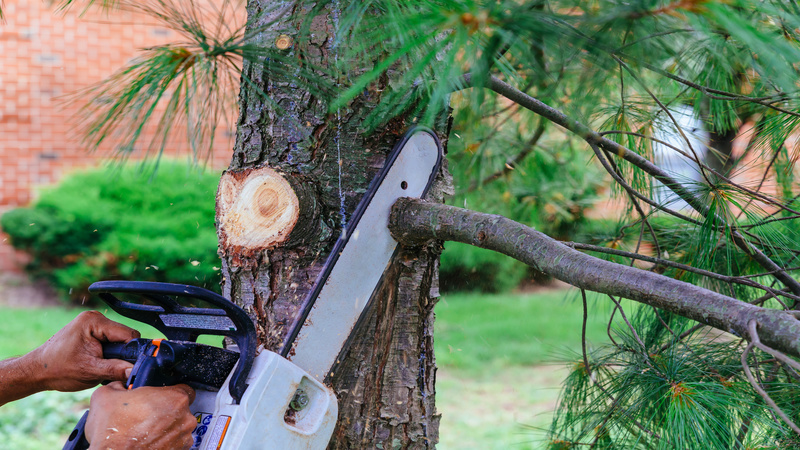For people who are just learning to fish, choosing a spinning rod is a much better choice than a baitcasting rod. Perhaps you thought all rods were the same – basically, a long pole that holds a reel, loopholes for fishing line and a comfy handle for casting.
But let’s take a closer look.
One might categorize all rods into two broad classes, spinning and baitcasting. Spinning rods are far easier to use and thus a great choice for beginners. They are thinner and lighter than baitcasters. Spinning rods will also free the user from frustration caused by backlashes. A good example on the market today is the Shimano Zodias spinning rod.
A huge factor is the weight of the line. A more robust baitcasting rod can be strung with heavier fishing line and thus handle larger fish. A bass angler generally favors a 14- to 17-pound-test line. Those going for Muskie and big catfish choose even heavier lines.
Baitcaster have a heavier backbone, the portion closest to the handle. The thicker this is, the less it will bend under pressure. It all makes for confident “heavy duty” fishing. But again, the heavier and fatter the rod, the harder it is to handle.
Furthermore, thanks to new materials (especially carbon fibers) and design, the much lighter and flexible spinning rod can now give fishermen and fisherwomen the best of both worlds.
The Shimano Zodias spinning rod, for example, features a split rear grip constructed of solid-grade EVA foam. The line guides are made with stainless steel. Best of all, the rod itself is made from CI4+ carbon – super light but super strong.
A Shimano Zodias spinning rod is a popular, lightweight instrument available today that has the advantages of easy casting/handling a beginner wants, but carbon-based construction makes it a powerful rod for landing some truly big and heavy fish.

